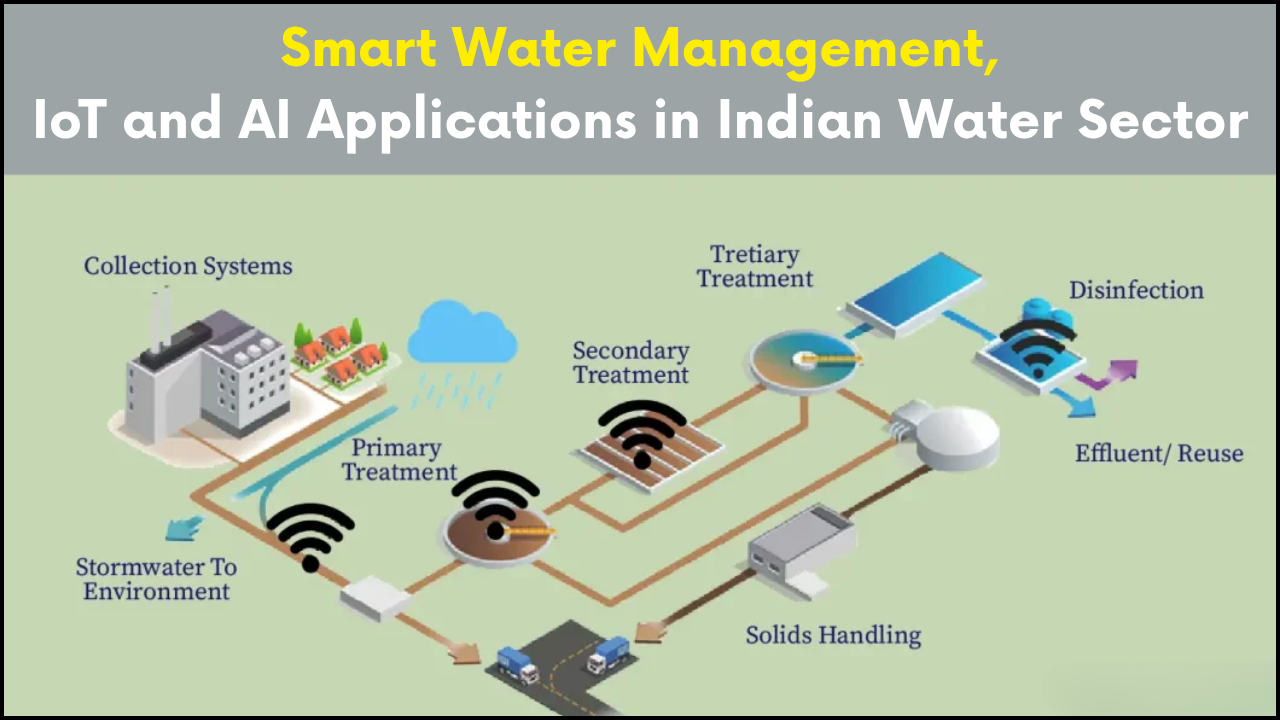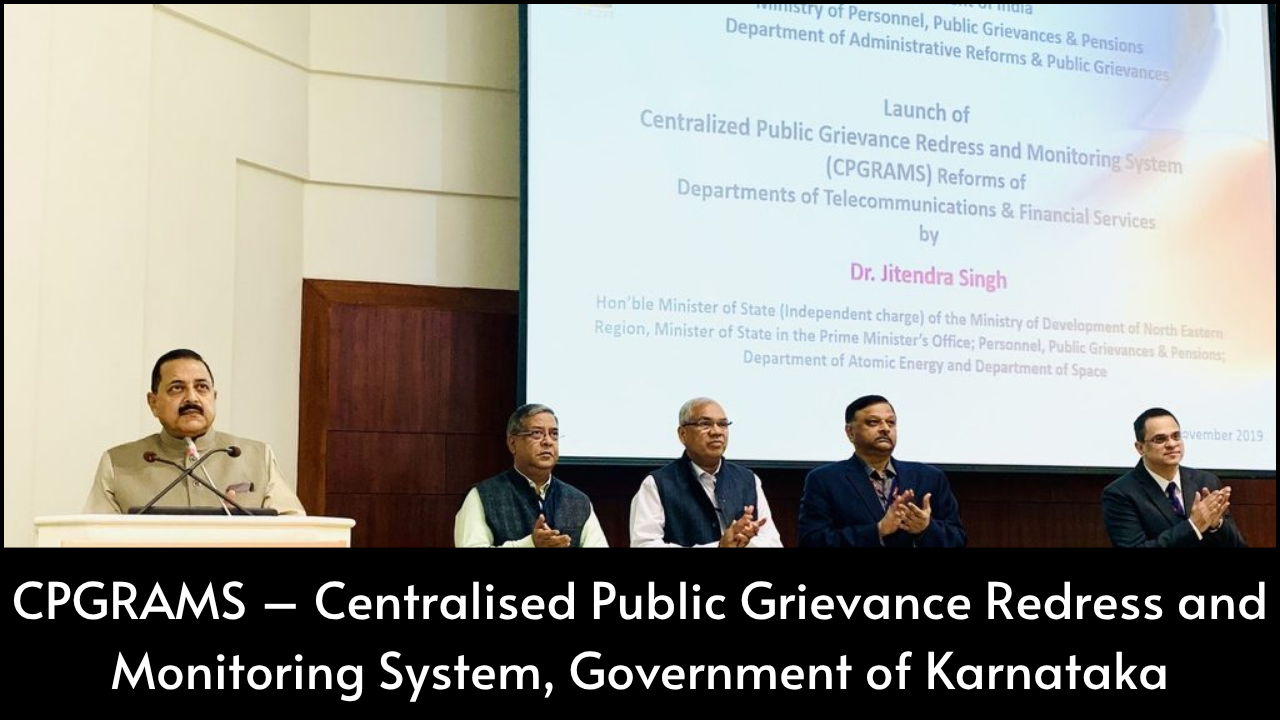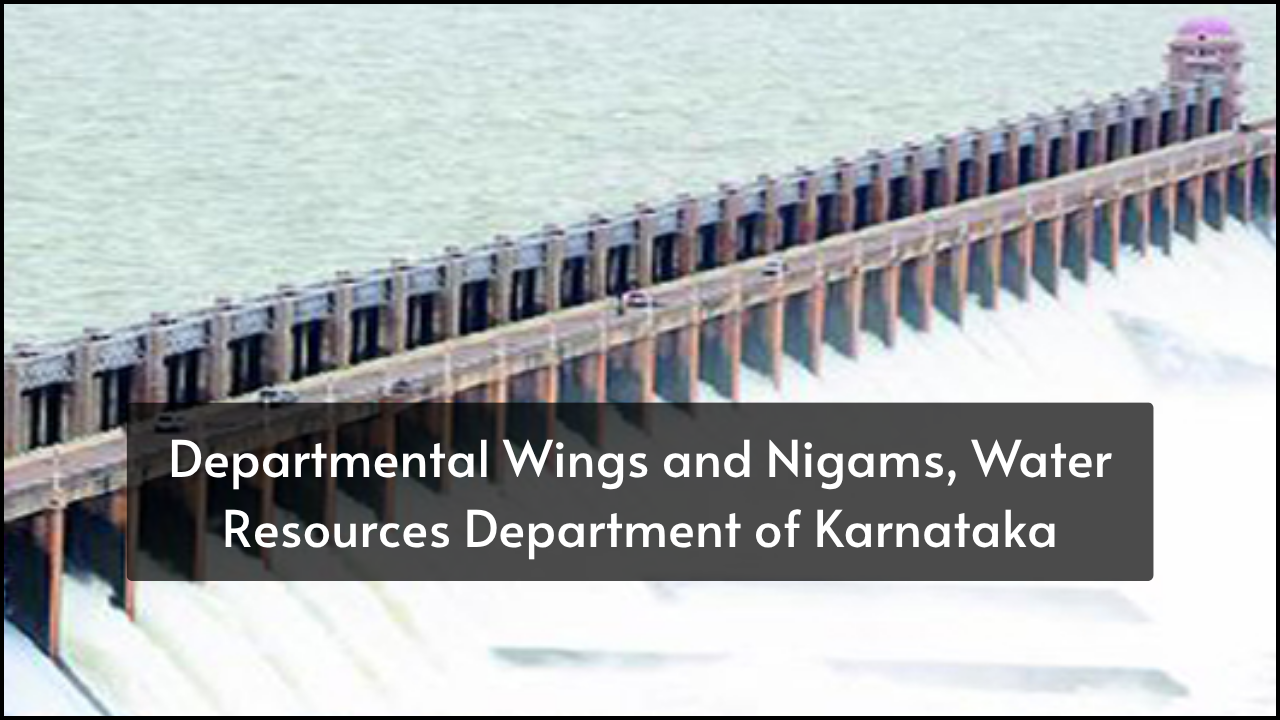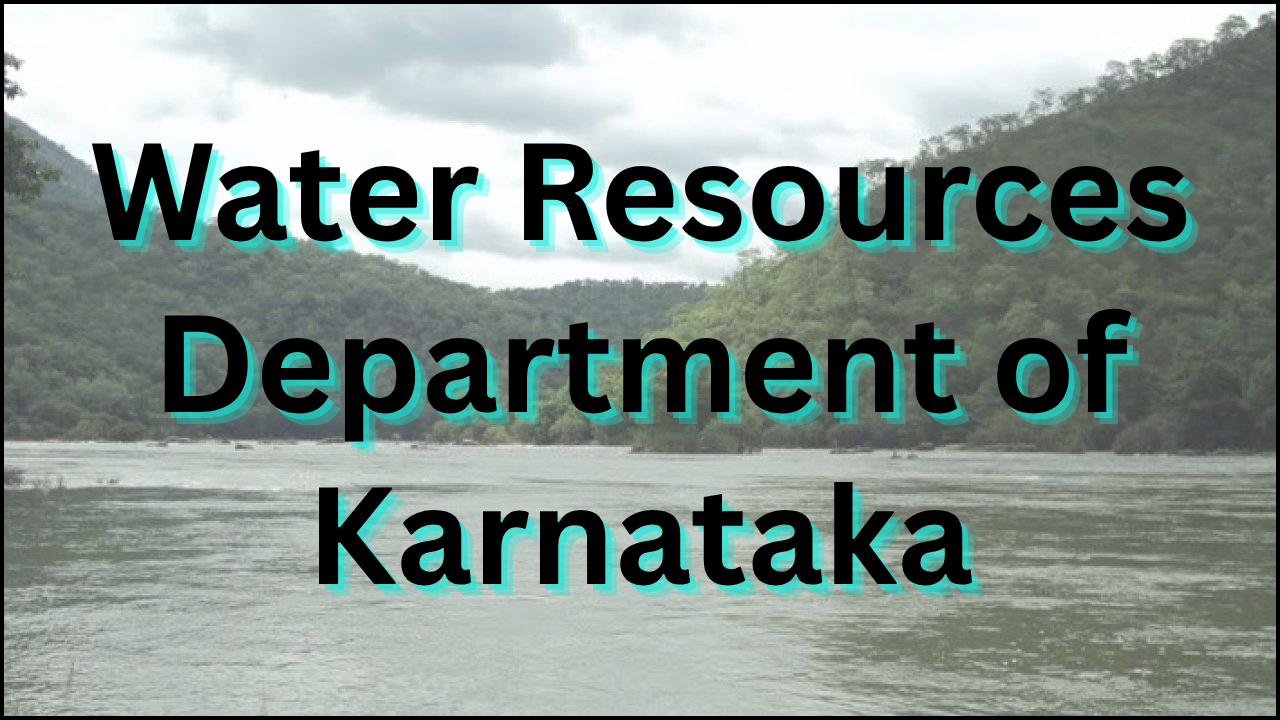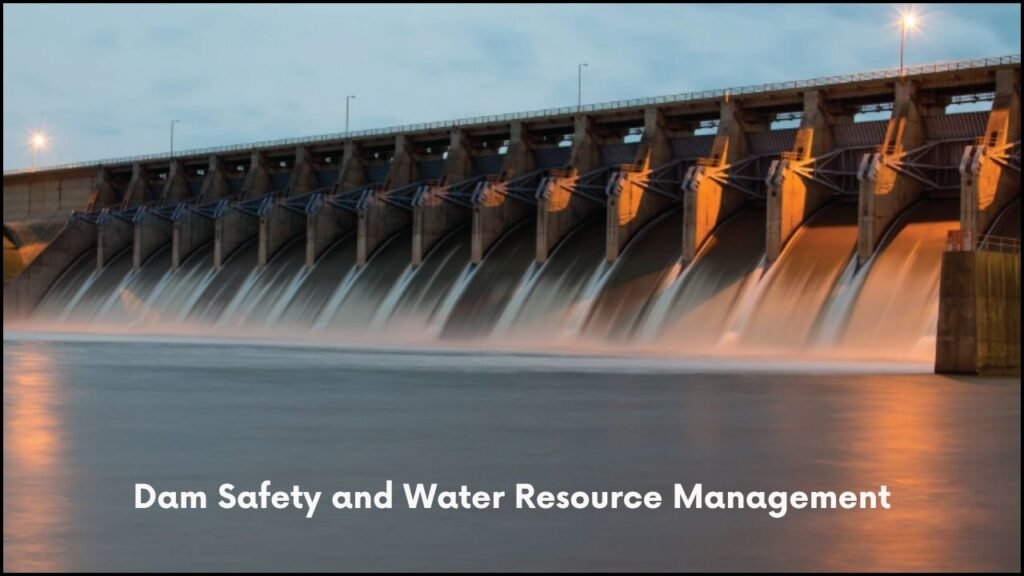
Dam safety and water resource management play a vital role in protecting people, property, and public investments in Karnataka. A network of large dams supports agriculture, drinking water, energy generation, and urban needs in the state. With 231 large dams recorded in Karnataka, maintaining their structural and operational safety is essential.
The establishment of the State Dam Safety Organisation (DSO) under the Dam Safety Act, 2021, reflects a structured and scientific approach to dam monitoring and water infrastructure management. The DSO not only ensures regular inspections and surveillance but also provides guidance and solutions to avoid possible hazards.
Table of Contents
Major Dams in Karnataka
Karnataka houses numerous large dams across departments, each contributing to different sectors.
| Department | Number of Dams |
|---|---|
| Water Resources (Major & Medium) | 75 |
| Minor Irrigation | 135 |
| Energy and Urban Development | 21 |
| Total | 231 |
Purpose of the Dam Safety Organisation (DSO)
- Protection of life and property in downstream areas
- Continuous examination of dam safety for public confidence
- Effective use of national investment in water infrastructure
- Structured monitoring to detect and prevent failures
Structure of Karnataka’s DSO
The Dam Safety Organisation is headquartered in Bengaluru with 85 total positions sourced from various departments and through outsourcing.
| Source Department/Unit | Number of Posts |
|---|---|
| Central Mechanical Organisation, Bengaluru | 21 |
| Water Resources Development Organisation | 18 |
| Karnataka Engineering and Research Station | 15 |
| Newly Created Posts (SE, EE, AEE) | 3 |
| Experts, DEOs, Attenders & Drivers (Outsourced) | 28 |
| Total | 85 |
Core Responsibilities of State DSO
- Inspection and Surveillance
- Keep a close watch on all dams regularly.
- Conduct inspections to assess physical and operational safety.
- Monitoring and Maintenance
- Review daily functioning, repair needs, and mechanical health.
- Assist in regular maintenance work for dam upkeep.
- Hazard Classification
- Classify each dam based on risk factors using national guidelines.
- Ensure disaster response plans are prepared for high-risk structures.
- Incident Reporting and Data Management
- Maintain a logbook or database for each dam.
- Record inspection findings, safety issues, and operational events.
- Communication and Instructions
- Provide safety instructions to dam owners.
- Make recommendations for repairs and upgrades.
- Coordination with Authorities
- Share information with national authorities when needed.
- Submit reports about dam failures or safety breaches.
- Documentation and Technology Integration
- Collect all technical data related to dam design, location, and operation.
- Use advanced IT tools to store, manage, and share dam-related data.
Obligations of Dam Owners
| Responsibility | Details |
|---|---|
| Compliance | Follow all safety instructions from DSO |
| Budget Allocation | Set aside funds specifically for dam safety and maintenance |
| Technical Documentation | Maintain detailed records on design, hydrology, land use, and local impact |
| Data Sharing | Provide necessary reports to DSO and other authorities on request |
| IT Readiness | Equip facilities with digital tools for data access and monitoring |
Key Objectives of DSO
- Perpetual Surveillance
- Continuous observation of dam safety performance
- Classification
- Categorize dams based on hazard level
- Database Maintenance
- Keep detailed logs of every dam’s inspection and performance history
- Incident Recording
- Document any past or present dam-related emergencies or accidents
- Guidance and Recommendations
- Offer suggestions to dam owners regarding repairs and enhancements
- Pre-Operational Checks
- Conduct inspections before any dam or reservoir becomes operational
- Policy and Design Safety
- Ensure structural and operational alignment with national safety standards
Why Dam Safety is Crucial in Karnataka
| Reason | Impact |
|---|---|
| High number of operational dams | Increases responsibility to manage safety effectively |
| Climatic Variability | Risk of flooding, overtopping, or structural stress due to erratic rainfall |
| Public Safety | A high number of operational dams |
| Agriculture and Economy | Irrigation and energy supply rely heavily on functional dams |
| Urban Expansion | Rising urban areas need controlled water release and dependable storage |
Modern Challenges and Solutions
- Aging Infrastructure
- Many dams are several decades old, requiring modernization.
- Inadequate Staff or Funding
- Outsourcing and new post creation aim to bridge this gap.
- Climate Change Effects
- DSO must incorporate climate resilience into inspections and reports.
- Data Integration
- Use of GIS, remote sensing, and real-time sensors is being promoted.
Innovations and Technology Use
- Digital Surveillance Tools
- Real-time monitoring sensors are placed on critical structures.
- GIS Mapping
- Location-based hazard analysis for vulnerability planning.
- Data Dashboards
- Instant access to inspection records and alerts for officials.
- Mobile Inspection Units
- On-field survey tools to conduct faster and accurate safety checks.
Future of Dam Safety in Karnataka
- Establishment of a real-time data center for dam safety alerts.
- Expansion of training programs for staff and dam engineers.
- Inclusion of community participation in dam risk education.
- Collaboration with national and global experts in water infrastructure.
Summing Up
Karnataka’s focus on dam safety and water resource management through the formation of a dedicated Dam Safety Organisation shows a forward-thinking approach to infrastructure sustainability. With a detailed structure, clear responsibilities, and use of modern tools, the DSO ensures that every dam is inspected, every risk is evaluated, and every precaution is taken. Proper coordination between dam owners and safety officers is key to preserving public trust and securing long-term benefits from these critical structures.


